I Guess Yall Dont Want Me To Go To North Carolina

i guess yall dont want me to go to north carolina
More Posts from Lilhaileyfoofoo and Others
the signs as things my dad has said
Aries: i will fight anyone that eats my toast
Taurus: where did i put my glasses, i need them to see
Gemini: i may be asian, but i cant fix your iphone
Cancer: i cried at the end of despicable me two
Leo: it was a very good pun, you should’ve been there
Virgo: whats the English word for “the horses that spin around with music”
Libra: what is “hella”?
Scorpio: i want cheese fries, where the hell are my cheese fries
Sagittarius: dont talk to the dog like that
Capricorn: can you reach that for me, i am very small
Aquarius: “anime”?
Pisces: you have to go to bed early because you smell
i’m on to you drake
Naming a South Asian Character
“I need a name for a South Asian character”
We’re going to need a little more information than that…
Please see the following maps of South Asia:


Image description: Two maps of South Asia. The top map depicts the South Asian region, including Afghanistan with color-coding of different regions by 8 color-coded language groups. The bottom depicts the official state/ province/ languages and scripts for countries in the South Asian region, excluding Afghanistan. See end of post for detailed image description under the cut.
(Links: Top Map, Bottom Map)
That’s a lot of languages, right?
Names in South Asian cultures are primarily dictated by religion and language. While there’s some overlap between cultures, we can make an educated guess of someone’s ethnicity & religion based on their name. For example:
Simran Dhillon … is a Punjabi Sikh.
Priyanka Ghosh … is a Bengali Hindu
Maya Srinivasan … is a Tamilian Hindu.
Harsh Patel … is a Gujarati Hindu.
Amin Usmani … is a Muslim from a traditionally Urdu speaking community.
Teresa Fernandes … is a Goan Christian.
Behind the Name is a good place to start looking as they state the specific language the name is from. As for religion, there are more factors to consider.
Sikhs
Sikh first names are gender neutral. The 10th Sikh guru designated Singh (meaning lion, for men) and Kaur (meaning heir to the throne, for women) as Sikh surnames. These surnames were designed to be equalizers within Sikh communities. However, many Sikhs keep their Punjabi surnames (many of these surnames are now primarily associated with Sikhs) and use Singh and Kaur as a middle name (eg. Ranjit Kaur Shergill, Amrit Singh Cheema). More devout Sikhs use only Singh and Kaur or use the same format legally but do not share their surnames.
Sikh first names are derived from gurbani (Sikh holy texts), so they are often uniform across cultures. Most Sikhs who aren’t Punjabi use Singh & Kaur or cultural surnames in the same format. The latter is usually seen among Afghan & Delhiite Sikh communities. While most changed their surnames to Singh & Kaur, some families still kept the surnames they had before they converted from Islam and Hinduism (eg. Harpreet Singh Laghmani, Jasleen Kaur Kapoor).
If you’re stuck on a surname for a Sikh character, Singh for men and Kaur for women is the safest way to go regardless of ethnicity.
Good resources for Sikh names can be found here:
https://www.sikhs.org/names.htm
http://www.sikhwomen.com/SikhNames/
Christians
South Asian Christians naming conventions depend largely on who brought Christianity to the region and when. For example, Christianity was largely brought to Goa by Portuguese Catholics so you’ll see Portuguese surnames, while many Christians in the Seven Sister States didn’t change their names. South Asian Christians will also often have Christian first names, either in Portuguese or in English.
Hindus, Jains, castes and gotras
Hinduism is the majority religion in India and the South Asian region overall. A key thing that many newcomers overlook when writing about Hindus is that rather like feudal Europe, a person’s last name can also tell you what their family used to do because of the caste system. Both Hindus and Jains employ gotras (or lineage systems) designed to keep people from the same patrilineal line from marrying each other. Thus, if your Hindu character is a Vaishya (tradesman/ merchant class), but you have chosen a last name for them related to farming, or if your Kshatriya (warrior) character has a last name that means bureaucrat, you’ve made a mistake. Most Hindus and Jains will have last names derived from Sanskrit, or a language with Sanskrit roots.
A note on middle names: in South India, Hindus will often use the father’s first name for the child’s middle name.
For what it is worth, South Asia is hardly the only region to have these particular features. Japanese society until the end of the Edo era was heavily segregated by caste, and to this day, many families with samurai last names occupy relative positions of privilege compared to other castes, even though the Japanese caste system ended with the Meiji Restoration.
A note of caution: Baby name websites tend to be inaccurate for Hindu names, often confusing Farsi and Arabic-derived Urdu names with the more traditional Sanskrit-derived names. Behind the Name is by far the most accurate website, but it doesn’t hurt to check multiple sources. For Hindu and Jain surnames associated with different castes, regions and gotras, Wikipedia is surprisingly thorough.
Muslims
Islam is the majority religion in Pakistan and Bangladesh as well as the second largest religion in India, but the differing ethnicities and arrival periods of Muslims in South Asia over the course of history can have a significant impact on a character’s name. For example, think of when your character’s family will have arrived in South Asia or converted to Islam:
During the Delhi Sultanate, when Hindustani would have been spoken?
Under the Mughals when Persian was more common?
Are they from Bangladesh and thus speak Bengali?
Do they have ancestors from Afghanistan or Swat Valley, and thus have Pashto last names?
Does the family speak Urdu?
All of these will impact what their name might reasonably be. As a general rule, Muslims will have last names that are in Farsi/ Persian, Urdu, Arabic and Bengali. Bangladeshi Muslims may have Hindu names (both first and last) as well.
Buddhists
When discussing Buddhists in South Asia, we are primarily talking about Nepal and Sri Lanka. The majority languages in these countries are Nepali and Sinhala, respectively. Both languages are part of the Indo-Aryan language family, and like many Indo-Aryan languages, show heavy Sanskrit influence.
Others
Don’t forget that India also has a large number of lesser known minority religions, including Judaism, Zoroastrianism, Tibetan Buddhism and a host of indigenous religions.
Judaism: There are a number of historical Jewish enclaves in India, as the result of specific waves of migration. Like South Asian Muslim names, Jewish last names will vary depending on the ethnicity and arrival period for each particular wave of Jewish diaspora.
Zoroastrianism: People who practice Zoroastrianism are likely to have Farsi last names.
Tibetan Buddhism: Tibetan Buddhists will obviously have Tibetan names and are often a part of the Tibetan diaspora who entered India as refugees during the Chinese government’s invasion of Tibet.
In Conclusion
An in-depth coverage of name etymology in South Asia would probably be the size of an encyclopaedia. The above is hardly exhaustive; we haven’t scratched the surface of the ethnic and linguistic variations in any of the South Asian countries displayed on the maps above. We hope, however, that it motivates you to research carefully and appreciate the cultural diversity South Asia has to offer. Just like in any setting where issues of lineage are plainly displayed by a person’s name, names in South Asia tell stories about where a person is from, what language they speak, and what their ancestors might have done, even if this has little bearing on the character themselves. It may seem a little elaborate to try and imagine the ancestors of your character before you even decide who your character is, but the reality is that most South Asians know these things instinctively, and whether or not you do your due diligence will be part of how we judge your work.
Name a thing to fight over, and South Asians have probably fought over it at one point or another, whether it be religion, ethnicity, language, or caste. However, one thing many South Asians have in common is pride in our individual origins. Respecting this love of identity will be invaluable as you plan your story.
At the end of the day, there is no substitute for actually talking to people who share your character’s background. We will always recommend having someone from the community you’re writing about check your naming.
– Mods SK and Marika
Keep reading
genuine art advice:
put as least amount of time into the face as possible
try not to rely too heavily on digital art "tricks"
never hone in on one area until youre almost done
if youre not having fun drawing, ask yourself why and find a solution
kill the ogre before it can get inside your house
always consider where a technique would and wouldnt work
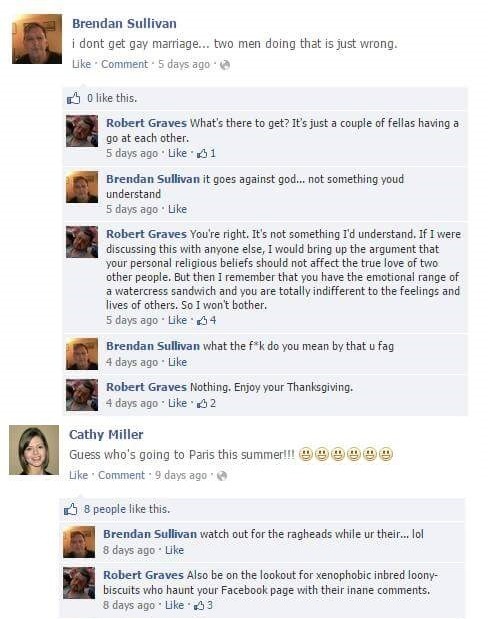
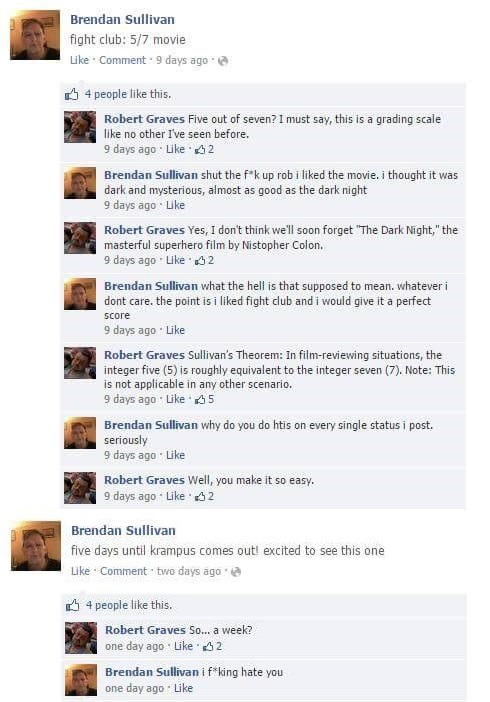
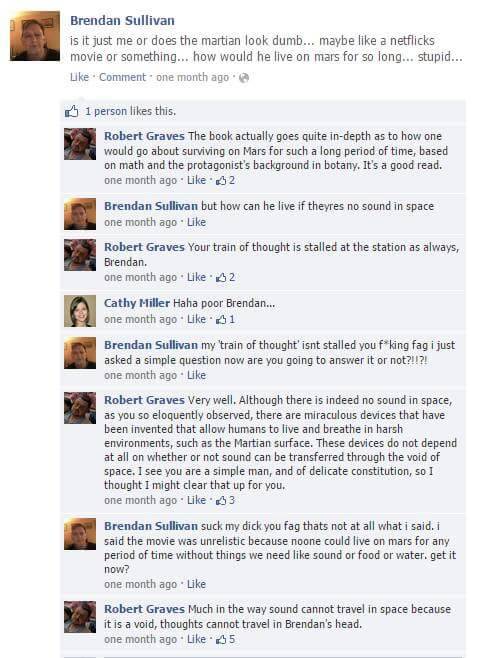

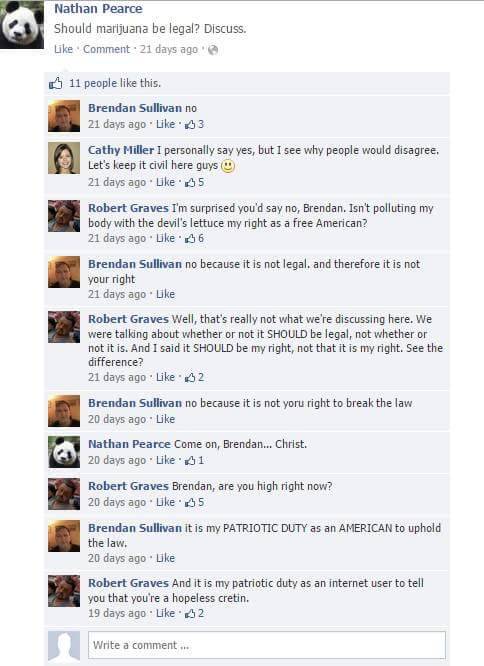

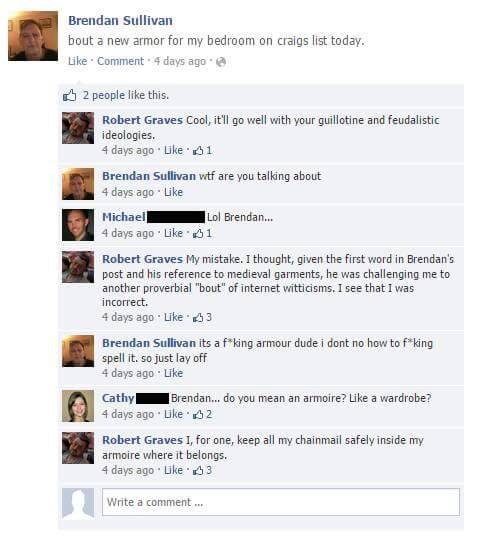
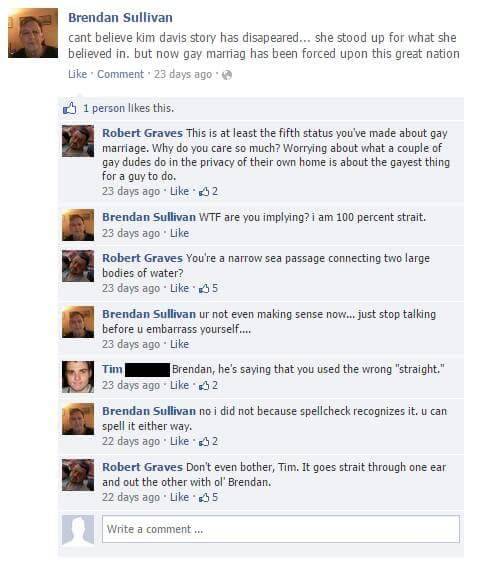

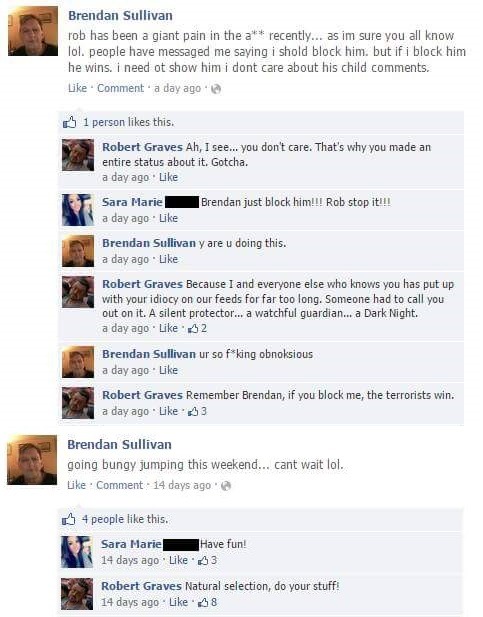
These exchanges between a bigot named Brendan Sullivan, and a heroic troll named Robert Graves, will be the best thing you read all day, I promise.

I drawing I did of @thatsthat24 It only took 16 hours and 46 minutes!
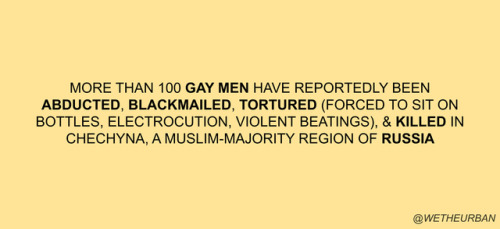
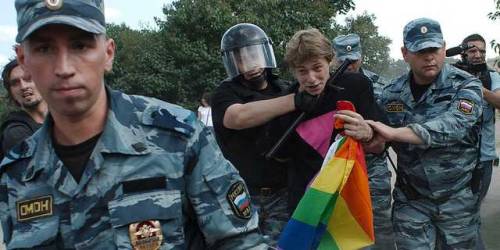
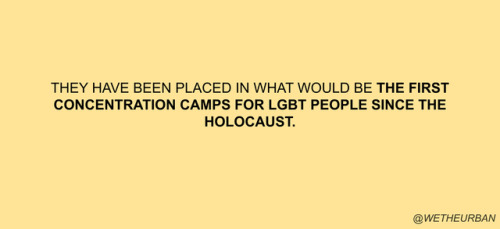
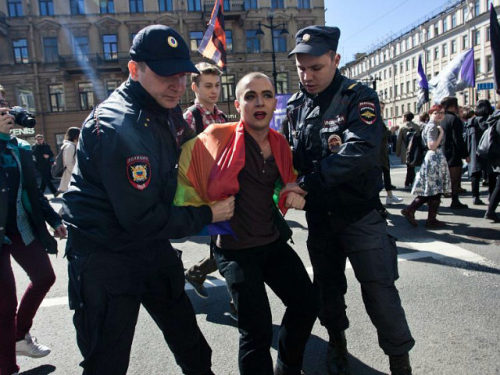
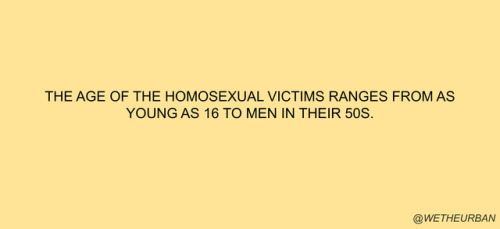
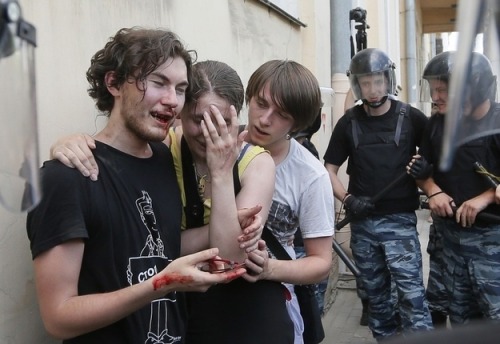
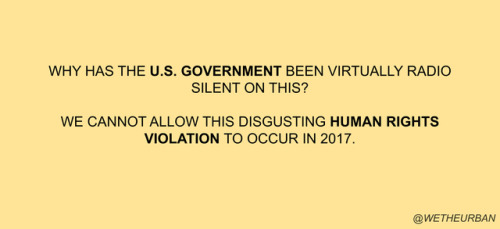
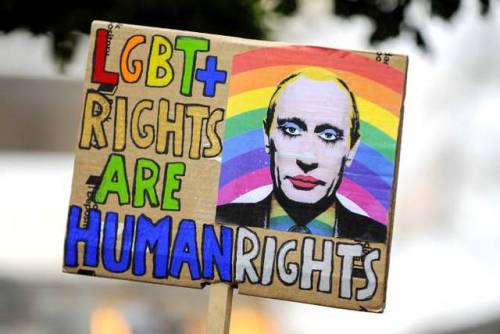
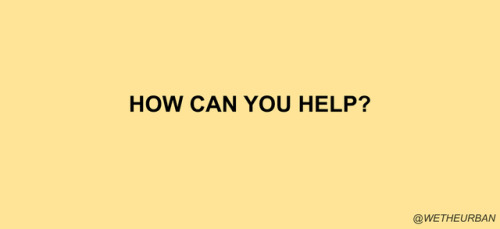
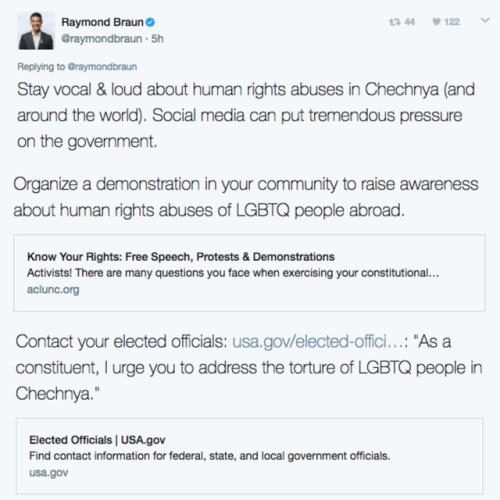
HOW TO HELP TORTURED GAY MEN IN CHECHNYA
We can’t allow this to continue. A petition has also been launched by change.org and signed by tens of thousands of people.
It demands a full investigation of all the facts and unlawful repression in Chechnya of the LGBT population and calls for punishment for the ‘guilty parties’ and the end to the practice of extra-judicial violence.
You can sign that here.
Instagram.com/WeTheUrban
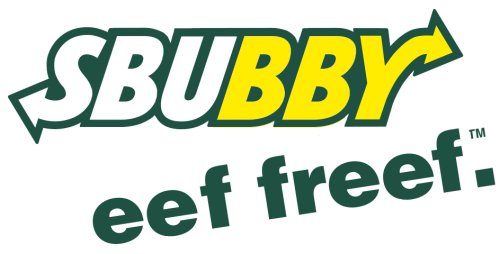
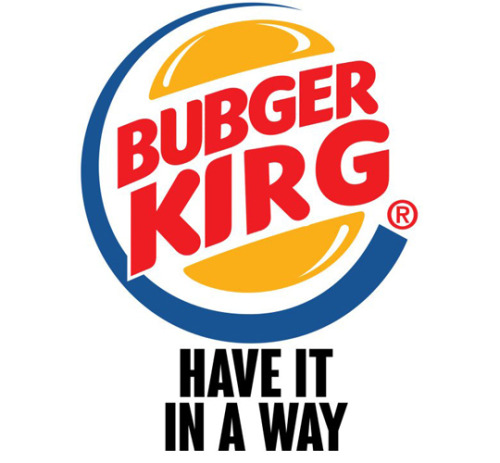
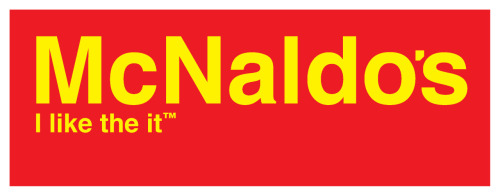
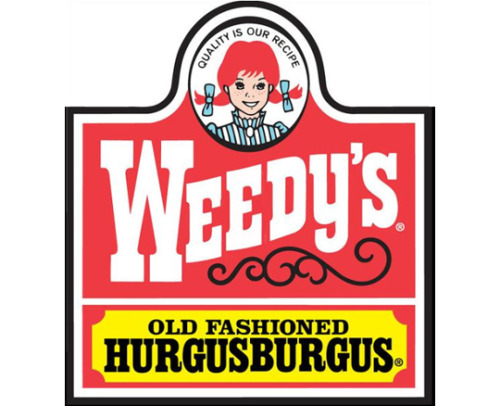

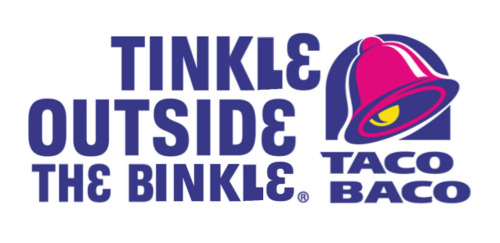
This is art. (via zebrakebebra)
When your lady on her period.
How to Write Indigenous Characters Without Looking like a Jackass:
Boozhoo (hello) Fallout fandom! I'm a card-carrying Anishinaabe delivering this rough guide about writing Indigenous characters because wow, do I see a lot of shit.
Let's get something out of the way first: Fallout's portrayal of Indigenous people is racist. From a vague definition of "tribal" to the claims of them being "savage" and "uncivilized" mirror real-world stereotypes used to dehumanize us. Fallout New Vegas' narrated intro has Ron Perlman saying Mr. House "rehabilitated" tribals to create New Vegas' Three Families. You know. Rehabilitate. As if we are animals. Top it off with an erasure of Indigenous people in the American Southwest and no real tribe names, and you've got some pretty shitty representation. The absence of Native American as a race option in the GECK isn't too great, given that two Native characters are marked "Caucasian" despite being brown. Butch Deloria is a pretty well-known example of this effect. (Addendum: Indigenous people can have any mix of dominant and recessive traits, as well as present different phenotypes. What bothers me is it doesn't accommodate us or mixed people, which is another post entirely.)
As a precautionary warning: this post and the sources linked will discuss racism and genocide. There will also be discussion of multiple kinds of abuse.
Now, your best approach will be to pick a nation or tribe and research them. However, what follows will be general references.
Terms that may come up in your research include Aboriginal/Native Canadian, American Indian/Native American, Inuit, Métis, and Mestizo. The latter two refer to cultural groups created after the discovery of the so-called New World. (Addendum made September 5th, 2020: Mestizo has negative connotations and originally meant "half breed" so stick with referring to your mixed Latino and Indigenous characters as mixed Indigenous or Native.)
As a note, not every mixed person is Métis or Mestizo. If you are, say, Serbian and Anishinaabe, you would be mixed, but not Métis. Even the most liberal definition caps off at French and British ancestry alongside Indigenous (some say Scottish and English). Mestizo works the same, since it refers to descendants of Spanish conquistadors/settlers and Indigenous people.
Trouble figuring out whose land is where? No problem, check out this map.
Drawing
Don't draw us with red skin. It's offensive and stereotypical.
Tutorial for Native Skintones
Tutorial for Mixed Native Skintones
Why Many Natives Have Long Hair (this would technically fit better under another category, but give your Native men long hair!)
If You're Including Traditional Wear, Research! It's Out There
Languages
Remember, there are a variety of languages spoken by Indigenous people today. No two tribes will speak the same language, though there are some that are close and may have loan words from each other (Cree and Anishinaabemowin come to mind). Make sure your Diné (you may know them as Navajo) character doesn't start dropping Cree words.
Here's a Site With a Map and Voice Clips
Here's an Extensive List of Amerindian Languages
Keep in mind there are some sounds that have no direct English equivalents. But while we're at it, remember a lot of us speak English, French, Spanish, or Portuguese. The languages of the countries that colonized us.
Words in Amerindian languages tend to be longer than English ones and are in the format of prefix + verb + suffix to get concepts across. Gaawiin miskwaasinoon is a complete sentence in Anishinaabemowin, for example (it is not red).
Names
Surprisingly, we don't have names like Passing Dawn or Two-Bears-High-Fiving in real life. A lot of us have, for lack of better phrasing, white people names. We may have family traditions of passing a name down from generation to generation (I am the fourth person in my maternal line to have my middle name), but not everyone is going to do that. If you do opt for a name from a specific tribe, make sure you haven't chosen a last name from another tribe.
Baby name sites aren't reliable, because most of the names on there will be made up by people who aren't Indigenous. That site does list some notable exceptions and debunks misconceptions.
Here's a list of last names from the American census.
Cowboys
And something the Fallout New Vegas fans might be interested in, cowboys! Here's a link to a post with several books about Black and Indigenous cowboys in the Wild West.
Representation: Stereotypes and Critical Thought
Now, you'll need to think critically about why you want to write your Indigenous character a certain way. Here is a comprehensive post about stereotypes versus nuance.
Familiarize yourself with tropes. The Magical Indian is a pretty prominent one, with lots of shaman-type characters in movies and television shows. This post touches on its sister tropes (The Magical Asian and The Magical Negro), but is primarily about the latter.
Say you want to write an Indigenous woman. Awesome! Characters I love to see. Just make sure you're aware of the stereotypes surrounding her and other Women of Color.
Word to the wise: do not make your Indigenous character an alcoholic. "What, so they can't even drink?" You might be asking. That is not what I'm saying. There is a pervasive stereotype about Drunk Indians, painting a reaction to trauma as an inherent genetic failing, as stated in this piece about Indigenous social worker Jessica Elm's research. The same goes for drugs. Ellen Deloria is an example of this stereotype.
Familiarize yourself with and avoid the Noble Savage trope. This was used to dehumanize us and paint us as "childlike" for the sake of a plot device. It unfortunately persists today.
Casinos are one of the few ways for tribes to make money so they can build homes and maintain roads. However, some are planning on diversifying into other business ventures.
There's a stereotype where we all live off government handouts. Buddy, some of these long-term boil water advisories have been in place for over twenty years. The funding allocated to us as a percentage is 0.39%: less than half a percent to fight the coronavirus. They don't give us money.
"But what about people claiming to be descended from a Cherokee princess?" Cherokee don't and never had anything resembling princesses. White southerners made that up prior to the Civil War. As the article mentions, they fancied themselves "defending their lands as the Indians did".
Also, don't make your Indigenous character a cannibal. Cannibalism is a serious taboo in a lot of our cultures.
Our lands are not cursed. We don't have a litany of curses to cast on white people in found footage films. Seriously. We have better things to be doing. Why on earth would our ancestors be haunting you when they could be with their families? Very egotistical assumption.
Indigenous Ties and Blood Quantum
Blood quantum is a colonial system that was initially designed to "breed out the Indian" in people. To dilute our bloodlines until we assimilated properly into white society. NPR has an article on it here.
However, this isn't how a vast majority of us define our identities. What makes us Indigenous is our connections (or reconnection) to our families, tribes, bands, clans, and communities.
Blood quantum has also historically been used to exclude Black Natives from tribal enrollment, given that it was first based on appearance. So, if you looked Black and not the image of "Indian" the white census taker had in his brain, you were excluded and so were your descendants.
Here are two tumblrs that talk about Black Indigenous issues and their perspectives. They also talk about Aboriginal and Torres Strait Islander people of Australia.
However, if you aren't Indigenous, don't bring up blood quantum. Don't. This is an issue you should not be speaking about.
Religion
Our religions are closed. We are not going to tell you how we worship. Mostly because every little bit we choose to share gets appropriated. Smudging is the most recent example. If you aren't Indigenous, that's smoke cleansing. Smudging is done in a specific way.
Now, a lot of us were forcibly converted. Every residential school was run by Christians. So plenty of us are Catholic, Baptist, Anglican, Lutheran, etc. Catholicism in Latin America also has influence from the Indigenous religions in that region.
Having your Indigenous character pray or carry rosaries wouldn't be a bad thing, if that religion was important to them. Even if they are atheist, if they lived outside of a reserve or other Indigenous communities, they might have Christian influences due to its domination of the Western world.
Settler Colonialism and the White Savior Trope
Now we've come to our most painful section yet. Fallout unintentionally has an excellent agent of settler-colonialism, in particular the Western Christian European variety, in Caesar's Legion and Joshua Graham.
(Addendum: Honest Hearts is extremely offensive in its portrayal of Indigenous people, and egregiously shows a white man needing to "civilize" tribals and having to teach them basic skills. These skills include cooking, finding safe water, and defending themselves from other tribes.)
Before we dive in, here is a post explaining the concept of cultural Christianity, if you are unfamiliar with it.
We also need to familiarize ourselves with The White Man's Burden. While the poem was written regarding the American-Philippine war, it still captures the attitudes toward Indigenous folks all over the world at the time.
As this article in Teen Vogue points out, white people like to believe they need to save People of Color. You don't need to. People of Color can save themselves.
Now, cultural Christianity isn't alone on this side of the pond. Writer Teju Cole authored a piece on the White Savior Industrial Complex to describe mission trips undertaken by white missionaries to Africa to feed their egos.
Colonialism has always been about the acquisition of wealth. To share a quote from this paper about the ongoing genocide of Indigenous peoples: "Negatively, [settler colonialism] strives for the dissolution of native societies. Positively, it erects a new colonial society on the expropriated land base—as I put it, settler colonizers come to stay: invasion is a structure not an event. In its positive aspect, elimination is an organizing principal of settler-colonial society rather than a one-off (and superseded) occurrence. The positive outcomes of the logic of elimination can include officially encouraged miscegenation, the breaking-down of native title into alienable individual freeholds, native citizenship, child abduction, religious conversion, resocialization in total institutions such as missions or boarding schools, and a whole range of cognate biocultural assimilations. All these strategies, including frontier homicide, are characteristic of settler colonialism. Some of them are more controversial in genocide studies than others." (Positive, here, is referring to "benefits" for the colonizers. Indigenous people don't consider colonization beneficial.)
An example of a non-benefit, the Church Rock disaster had Diné children playing in radioactive water so the company involved could avoid bad publicity.
Moving on, don't sterilize your Indigenous people. Sterilization, particularly when it is done without consent, has long been used as a tool by the white system to prevent "undesirables" (read, People of Color and disabled people) from having children. Somehow, as of 2018, it wasn't officially considered a crime.
The goal of colonization was to eliminate us entirely. Millions died because of exposure to European diseases. Settlers used to and still do separate our children from us for reasons so small as having a dirty dish in the sink. You read that right, a single dirty dish in your kitchen sink was enough to get your children taken and adopted out to white families. This information was told to me by an Indigenous social work student whose name I will keep anonymous.
It wasn't until recently they made amendments to the Indian Act that wouldn't automatically render Indigenous women non-status if they married someone not Indigenous. It also took much too long for Indigenous families to take priority in child placement over white ones. Canada used to adopt Indigenous out to white American families. The source for that statement is further down, but adoption has been used as a tool to destroy cultures.
I am also begging you to cast aside whatever colonialist systems have told you about us. We are alive. People with a past, not people of the past, which was wonderfully said here by Frank Waln.
Topics to Avoid if You Aren't Indigenous
Child Separation. Just don't. We deserve to remain with our families and our communities. Let us stay together and be happy that way.
Assimilation schools. Do not bring up a tool for cultural genocide that has left lasting trauma in our communities.
W/ndigos. I don't care that they're in Fallout 76. They shouldn't be. Besides, you never get them right anyway.
Sk/nwalkers. Absolutely do not. Diné stories are not your playthings either.
I've already talked about drugs and alcohol. Do your research with compassion and empathy in mind. Indigenous people have a lot of pain and generational trauma. You will need to be extremely careful having your Indigenous characters use drugs and alcohol. If your character can be reduced to their (possible) substance abuse issues, you need to step back and rework it. As mentioned in Jessica Elm's research, remember that it isn't inherent to us.
For our final note: remember that we're complex, autonomous human beings. Don't use our deaths to further the stories of your white characters. Don't reduce us to some childlike thing that needs to be raised and civilized by white characters. We interact with society a little differently than you do, but we interact nonetheless.
Meegwetch (thank you) for reading! Remember to do your research and portray us well, but also back off when you are told by an Indigenous person.
This may be updated in the future, it depends on what information I come across or, if other Indigenous people are so inclined, what is added to this post.
-
 bluebellsandcocklesshells liked this · 1 year ago
bluebellsandcocklesshells liked this · 1 year ago -
 casualstressedmess reblogged this · 3 years ago
casualstressedmess reblogged this · 3 years ago -
 casualstressedmess liked this · 3 years ago
casualstressedmess liked this · 3 years ago -
 morethanthedark liked this · 3 years ago
morethanthedark liked this · 3 years ago -
 rockpapertheodore reblogged this · 3 years ago
rockpapertheodore reblogged this · 3 years ago -
 beatpath liked this · 3 years ago
beatpath liked this · 3 years ago -
 grandiose-fevers reblogged this · 3 years ago
grandiose-fevers reblogged this · 3 years ago -
 dreamblendteas liked this · 3 years ago
dreamblendteas liked this · 3 years ago -
 mega-bigbouquetfox liked this · 3 years ago
mega-bigbouquetfox liked this · 3 years ago -
 starweird03 liked this · 3 years ago
starweird03 liked this · 3 years ago -
 goochpiss liked this · 3 years ago
goochpiss liked this · 3 years ago -
 rockpapertheodore liked this · 3 years ago
rockpapertheodore liked this · 3 years ago -
 the-last-boneman reblogged this · 3 years ago
the-last-boneman reblogged this · 3 years ago -
 the-last-boneman liked this · 3 years ago
the-last-boneman liked this · 3 years ago -
 cowwatcher reblogged this · 3 years ago
cowwatcher reblogged this · 3 years ago -
 cowwatcher liked this · 3 years ago
cowwatcher liked this · 3 years ago -
 swollangrygayman reblogged this · 3 years ago
swollangrygayman reblogged this · 3 years ago -
 manectrick liked this · 3 years ago
manectrick liked this · 3 years ago -
 cpcksrdmnfnmdftrnsprttn liked this · 3 years ago
cpcksrdmnfnmdftrnsprttn liked this · 3 years ago -
 liableliar reblogged this · 3 years ago
liableliar reblogged this · 3 years ago -
 liableliar liked this · 3 years ago
liableliar liked this · 3 years ago -
 lionheartlost liked this · 3 years ago
lionheartlost liked this · 3 years ago -
 unoeil liked this · 3 years ago
unoeil liked this · 3 years ago -
 misslulubun reblogged this · 3 years ago
misslulubun reblogged this · 3 years ago -
 pintocto liked this · 3 years ago
pintocto liked this · 3 years ago -
 icethedragon reblogged this · 3 years ago
icethedragon reblogged this · 3 years ago -
 difty-dift liked this · 3 years ago
difty-dift liked this · 3 years ago -
 extendedpain reblogged this · 3 years ago
extendedpain reblogged this · 3 years ago -
 radiant-internet liked this · 3 years ago
radiant-internet liked this · 3 years ago -
 amniri liked this · 3 years ago
amniri liked this · 3 years ago -
 oscarjamesleigh liked this · 3 years ago
oscarjamesleigh liked this · 3 years ago -
 un-lobo-un-poco-loco reblogged this · 3 years ago
un-lobo-un-poco-loco reblogged this · 3 years ago -
 un-lobo-un-poco-loco liked this · 3 years ago
un-lobo-un-poco-loco liked this · 3 years ago -
 sparklev0id liked this · 3 years ago
sparklev0id liked this · 3 years ago -
 elongatedmuskrats liked this · 3 years ago
elongatedmuskrats liked this · 3 years ago -
 cobalt-equinox liked this · 3 years ago
cobalt-equinox liked this · 3 years ago -
 themusesnocturne liked this · 3 years ago
themusesnocturne liked this · 3 years ago

I mostly reblog writing and art related resources here. BLMMy main account is FoofsterRoonie. My art blog is FoofsterArtAnd my writing blog is Foofsterwriting:)
197 posts